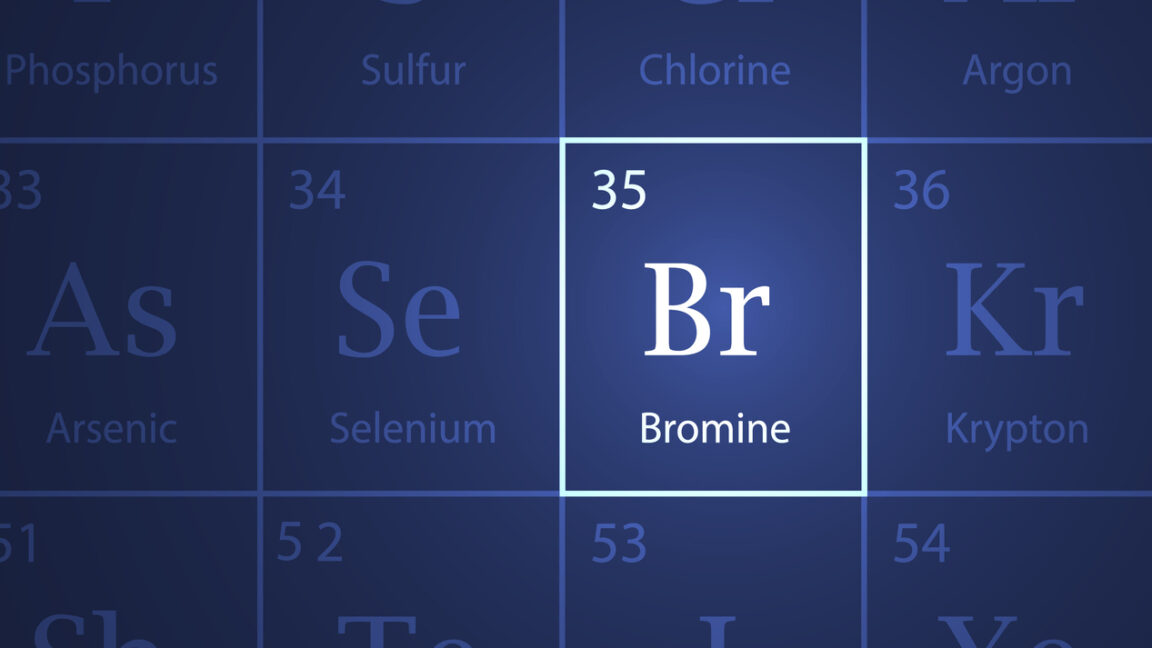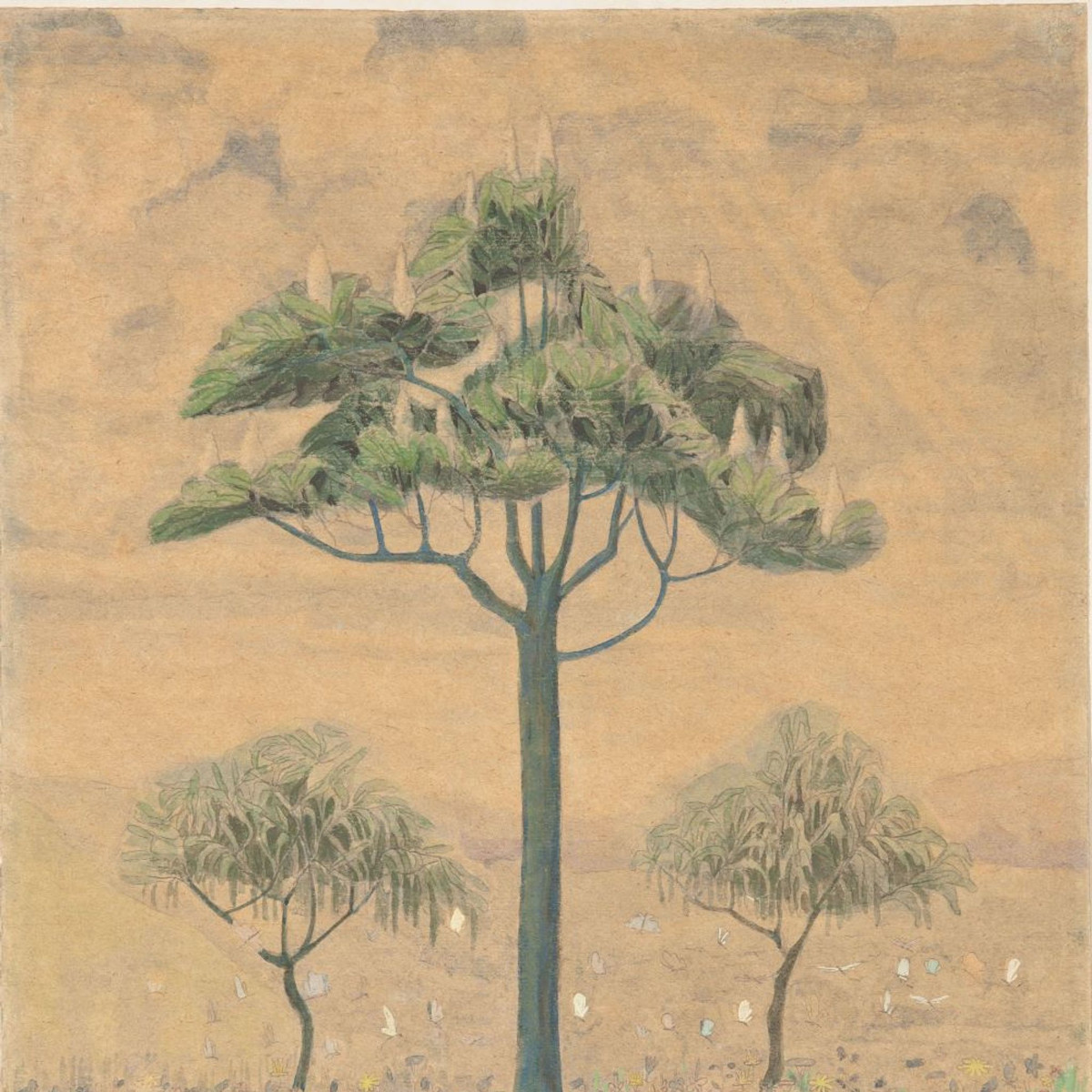
Microsoft eventually realized the world isn't just the Northern Hemisphere
Veteran Microsoft engineer Raymond Chen has explained why the megacorp ditched its increasingly twee naming conventions for Windows 10 releases in favor of the blander H1 and H2.
The reason, according to Chen, was that Microsoft realized calling releases "Spring" and "Fall" didn't make sense in all parts of the world. Not only is "Fall" a meaningless term in markets such as the UK, but "Spring" in one part of the world isn't necessarily "Spring" in another.
Chen explained that the issue came up during a meeting where Microsoft was mulling over whether it had any unconscious biases. "One of my colleagues raised his hand," he said.
"He grew up in the Southern Hemisphere, where the seasons are opposite from those in the Northern Hemisphere. He pointed out that naming the updates Spring and Fall shows a Northern Hemisphere bias and is not inclusive of our customers in the Southern Hemisphere." And so the names were changed to the far more generic H1 and H2.
The change makes a lot of sense, although calling something the "Creators Update" - as was previously used between 2017 and 2018 - is probably a good deal friendlier to marketers than a letter and a number.











